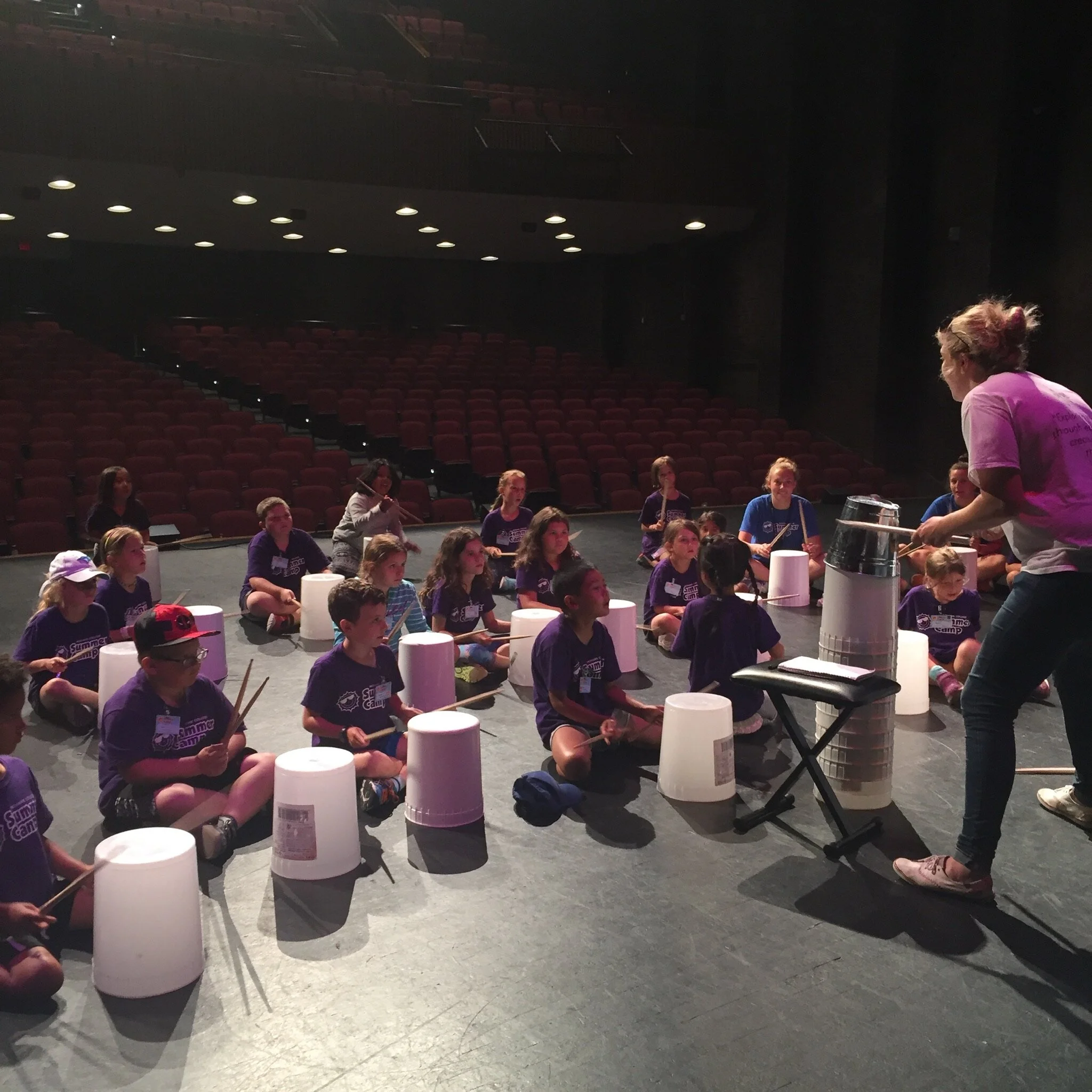Many of you may not know that the idea for CRASH started when I was in University looking for a drumming extra curricular. Laurier has a very impressive music program with many extra curricula, but there was no marching band, drumline or up beat group for casual campus events. Using my experience in drumline I started a Garbage can drumline called the Junk Line. We used to only play at football games and campus events, but have since expanded outside of campus to street festivals and educational settings. It was this experience of bringing music to others in an unconventional way that eventually grew into CRASH.
Even though I have since graduated I still come back to Laurier to run the Junk Line and play different events. This past weekend the Junk Line and I attended our first Laurier Football away game at the Yates Cup in London, against the Western Mustangs. For those that do not know Western and Laurier have a pretty viscous rivalry. There was a part of me that worried about how well the Junk Line would be received by the fans. This feeling was put slightly at ease when I received an email from the director of the Western Mustang Marching Band asking if the Junk Line would be in attendance and if we would be interested in jamming with them. I responded immediately with a very excited yes!! I love it when musicians come together to make something amazing, especially when these two things do not normally go together. A marching band in full uniform, discipline and real instruments, juxtaposed with 5 people on garbage cans wearing funny looking leggings.
When we arrived at Western we were greeted by excited fans, both Laurier and Western who were mostly curious about why we were carrying garbage cans, and a couple surly Western fans (to be expected). At halftime we left the Laurier side of the stands to join the Western Band, and I must say they looked and sounded very professional. On our walk around the field we had a few Western Football fans tell us to go home, also to be expected at any sporting event. It was at this point where I got a little nervous again about how the Western band would react to us joining them. I remember my sister warning me that it might go down like a movie where the competitor sends a friendly invite to join them then eggs the opposing band as one elaborate rouse! I think she was only half kidding.
I will get right to it by saying that the Mustang Band was beyond hospitable. Multiple members came over and introduced themselves saying how happy they were to jam with us and how excited they were to hear us make music out of garbage cans. We talked with the Mustang drumline briefly and felt so at home. At this point I knew that the Junk Line members were beyond pumped to collaborate.
We set up in a semi circle with the Junk Line in the Centre and played a rendition of "Do What ya Wanna". We immediately fell into a groove and had so much fun accompanying the bands soloists and getting an opportunity to play some solos of our own. A highlight was when one of the drummers from the Mustang band came over and joined us on the garbage cans.
However the best part was when I looked up at the crowd that had formed and saw a ton of Laurier and Western fans clapping, dancing, videotaping and smiling because of our music. For me this was unrefutable proof that music, even in a competitive setting, is all about bringing people together. We all had such a rush after playing this song. I wish we could have played 10 more! Here is a link to the full video of us playing. https://www.youtube.com/watch?v=P4ahAvzQOOo&feature=youtu.be
There are so many times that musicians get caught up in being the best that they forget music is more fun when people make it together! Huge shoutout to the Mustang band, filled with fun and class. It is your approach and mentality towards music that I aspire to teach to children everyday.






